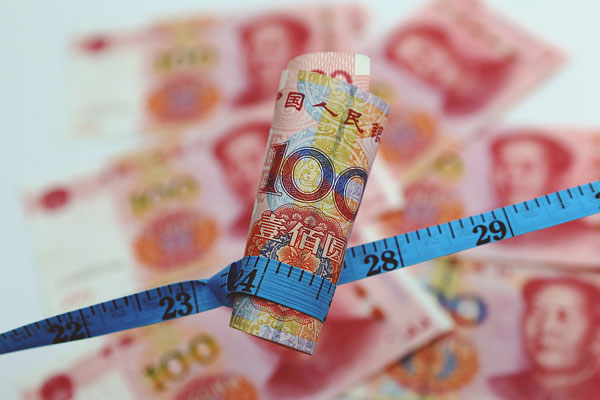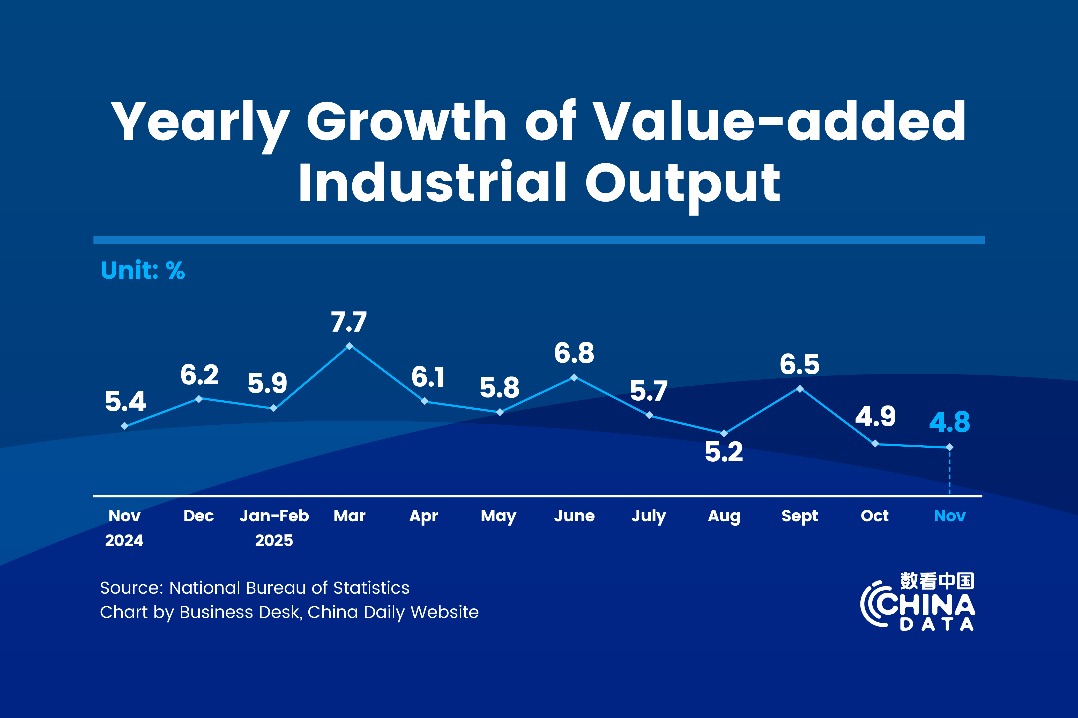Efforts to rein in risky PPP projects pay off


The central government's efforts to cool down local government debt growth with a six-month clampdown on illegal joint fundraising activities by the public and private sectors have delivered results, said the Ministry of Finance.
Nearly a quarter of the approved public-private partnerships projects, an investment model based on cooperation between government and private companies, had been suspended by April 23, following a nationwide investigation, said the Ministry of Finance.
The ministry said that 1,695 PPP projects, worth a total of 1.8 trillion yuan ($284 billion), had been shut down, while a further 2,005 projects worth 3.1 trillion yuan had to be "rectified". Around 6,400 PPP projects were registered with the ministry before the clampdown started last November.
During the clampdown, the Inner Mongolia autonomous region reported the largest number of PPP projects that had been shut down nationally, said the statement.
The region had closed 323 projects worth 307.1 billion yuan, mainly in municipal engineering, transportation, and urban development, according to the region's finance department.
According to the government of the Inner Mongolia autonomous region, it plans to improve monitoring of financial expenditure on PPP projects this year, to support sustainable growth while reducing high-risk and short-term funding.
Jiao Xiaoping, director of the China Public-Private Partnerships Center at the Ministry of Finance, said that the clampdown on illegal PPP investment aims to cut the funding channels for nontransparent and less-regulated local government debt vehicles.
The move is a significant part of the effort to tighten local government debt management that included a guideline jointly issued last April by the central government's regulatory departments.
For some mature and well-developed PPP projects, said Jiao, the PPP model could be encouraged as successful examples to improve fundraising efficiency and support regional economic growth, especially through stabilizing fixed-asset investment.
The illegal PPP projects, or violations of the compliance rules, usually take place while officials pursue higher GDP growth figures. The funds raised by the projects essentially become government debt and cannot be repaid by fiscal income, adding to credit risk exposure.
The ministry said it is planning to promote a unified national guideline for PPP regulation to tighten project financing compliance and reduce potential risks.
The ministry has already defined the maximum range for PPP investment from the public part of investment, or an expenditure ceiling.
The fiscal expenditure ceiling for PPP investments, which was set at 10 percent of the total annual expenditure of local governments, "should not be broken", said Bai Jingming, vice-president of the Chinese Academy of Fiscal Sciences.
"That limit was determined after examining local governments' risk tolerance and considering international standards. Without the ceiling, a sharp rise in local debt might occur, leading to risk exposure," said Bai.




































